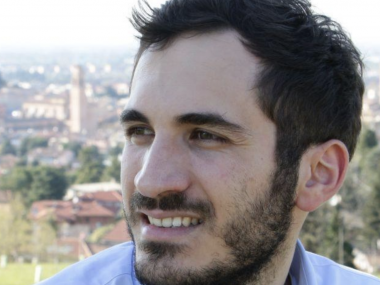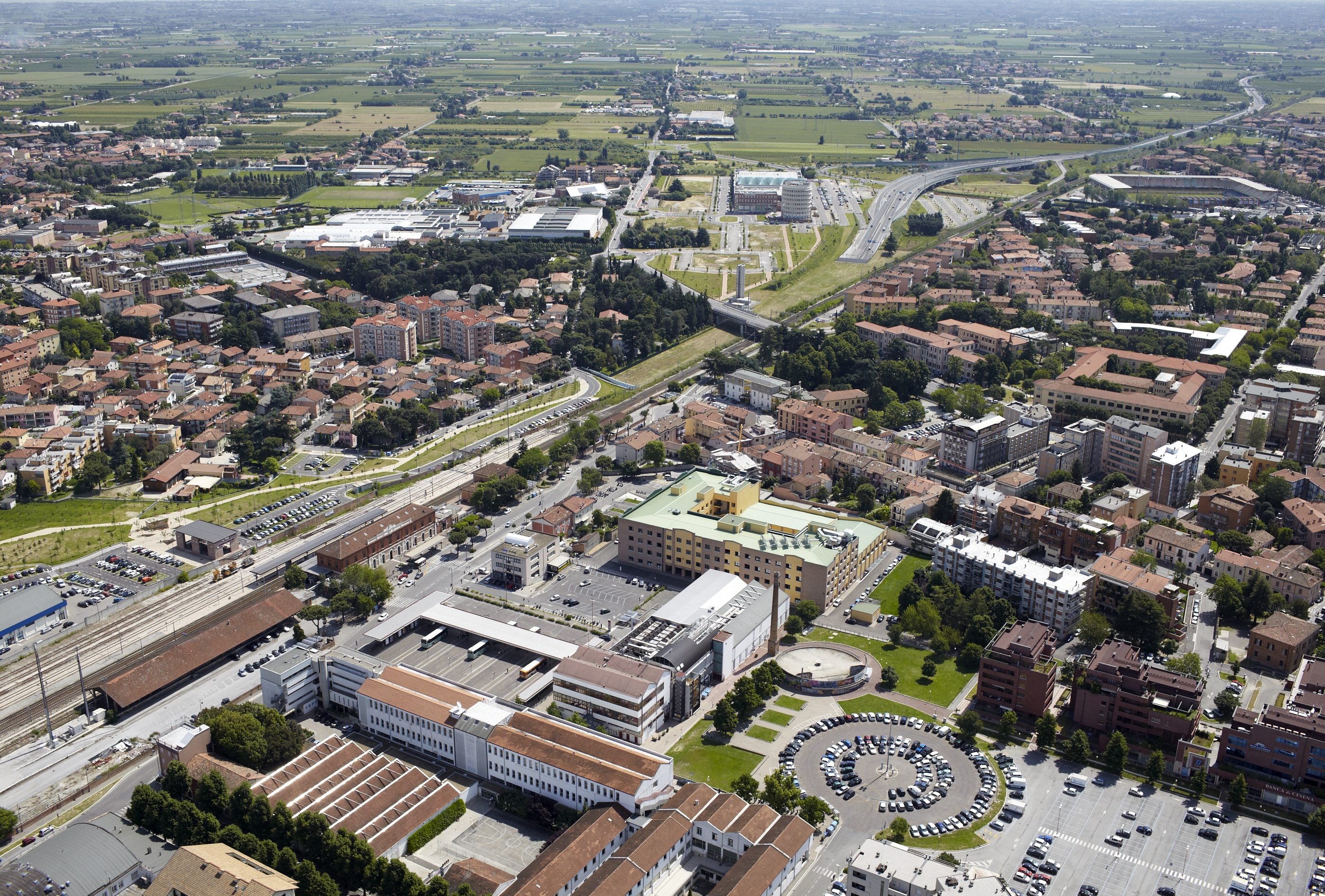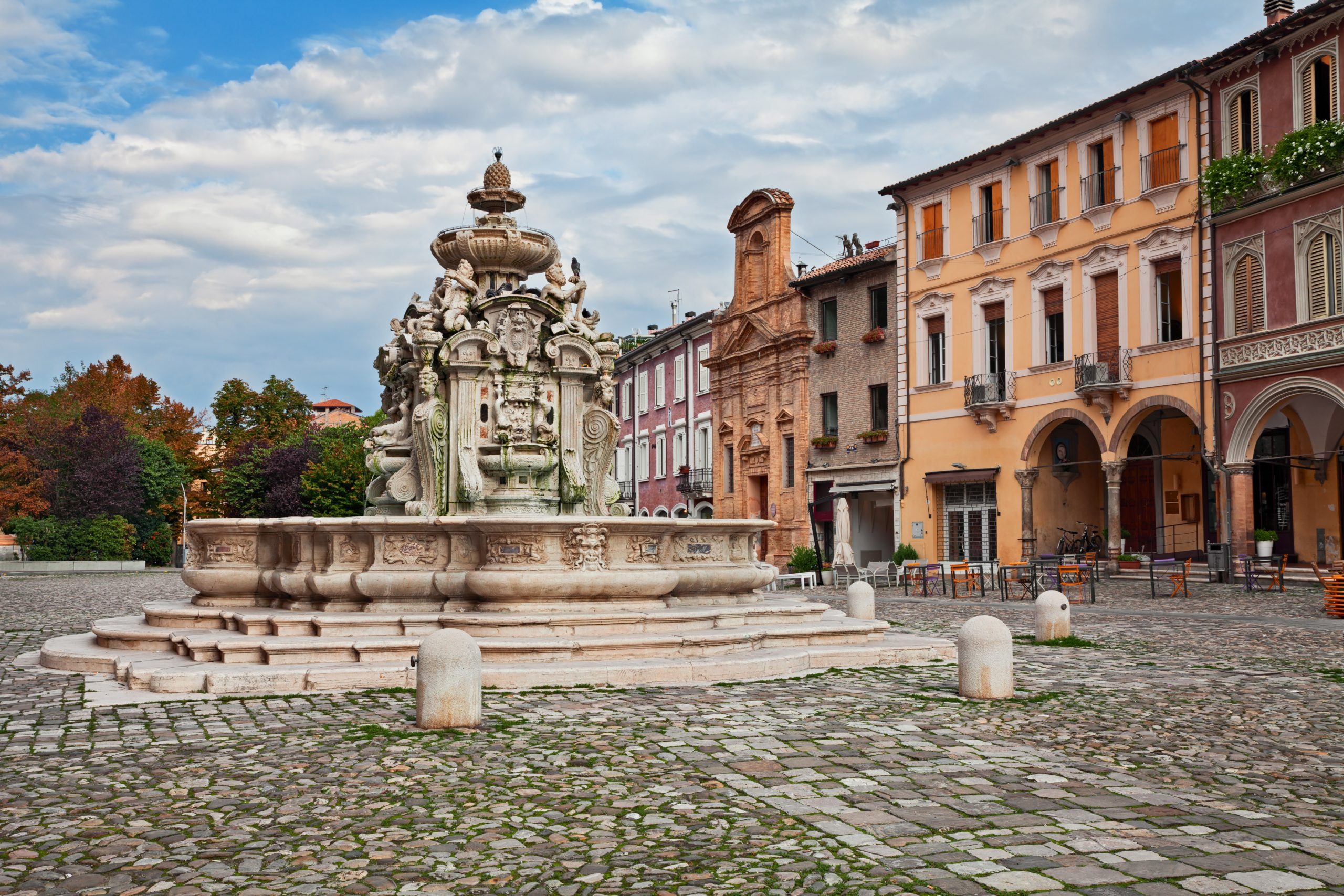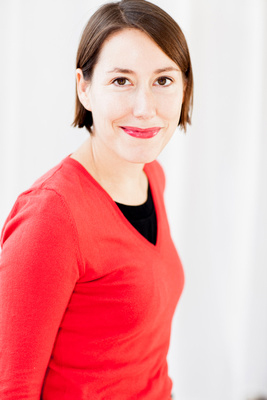Visions from the City Representatives - Enzo Lattuca, Mayor of Cesena by lead expert Miguel Rivas
Edited on
15 February 2022Heritage-led urban regeneration involves major urban projects, requiring significant investment and stakeholder mobilisation. In this endeavour, political backing and direction are key. The KAIRÓS interview series, conducted by the network lead expert Miguel Rivas, targets Mayors and Elected Representatives from the KAIRÓS partner cities.

Miguel Rivas: Thanks Mr. Mayor for attending this conversation. Could you please briefly introduce Cesena to an international audience? What´s your vision for the city in the coming years?
Enzo Lattuca: Cesena is a city where people live well, inclusive, lively and increasingly projected towards Europe; a city rich in history and important monuments, first of all the wonderful Malatesta Library, included in the UNESCO list of World Memories; a city capable of competing in the international market with increasingly competitive and innovative companies; a city where the community is created, leaving no one behind. In recent years, the Cesena community has reacted well to the Covid emergency, remaining united and showing responsibility; the pandemic has partly changed the priorities on which to focus in the coming years. A fundamental element to focus on is the quality of public spaces, with special care for green spaces and urban woods and buildings seen as places serving the whole community, connected by a safe urban mobility network with a wealth of services. The perimeter of the redevelopment measures must include the entire municipal territory in a single design and strategy that takes into account the city in the complexity of its relations.
Miguel Rivas: Luckily, we in KAIRÓS have taken the opportunity to visit your city twice, and we were impressed for the great work the Municipality is doing in the area around the Malatesta library, piazza della Libertá… the historic downtown is certainly a lively area. Now, with KAIRÓS, your focus is going to a non-central location, to the area surrounding the train station. Why this new focus? What is the potential of this area?
Enzo Lattuca: The station area is characterised by a high potential and represents for Cesena the "gateway to the city": the place where many commuters and tourists arrive and the area in front of the station is the first image they see of our city and also represents an identity place in Cesena's history, linked to the processing and marketing of agricultural products, thanks to the presence of the former Arrigoni factory. We decided to concentrate the project action around the station area with the intention, therefore, of starting a participatory process, through KAIRÓS, to design interventions for the redevelopment of spaces and buildings, interweaving innovative projects able to transform the weaknesses of the area into an opportunity for development, social inclusion and economic attractiveness. The objective was to invest in an area of our city of fundamental importance, being a real platform for the exchange of different means, which needs to be reviewed and reorganised also in view of its strategic position for the people of Cesena and all those, first and foremost students and workers, who come to the city. Many dynamics are taking place and will take place in the coming months and years in that part of the city.
First and foremost, there is the redevelopment of the square in front of the station. The municipal administration has put forward a bid in the regeneration announcement, which will be financed with PNRR funds (National Recovery and Resilience Plan, financed by the Next Generation Programme of the EU), for a project to redevelop the railway station area, which envisages that the bus terminal will be moved to the new area adjacent to the station and that the current square will be redeveloped in a different way. In order to guarantee this double urban planning operation, 10 million euros have been requested: 6 to be allocated to the creation of the new public transport hub and 4 to redevelop the spaces currently in use. A design competition will be launched for the entire area.
The project is in continuity with the redevelopment of the former Le Fricò canteen building, which will house the CesenaLab business incubator and the Employment Centre for a total amount of 2,300,000 euro, of which 800,000 euro financed by the Emilia-Romagna Region, 750,000 euro financed by the Regional Employment Agency and the remainder by the municipality. Moreover, some time ago we started to intervene in the area, through the "Un'Altra Stazione" and "Un'Altra Stazione 2" projects, working on urban decorum, safety and lighting in some particularly problematic areas.
The KAIRÓS project holds the reins of all these processes and, through the Local Support Group, involves the area's stakeholders in a participatory process to gather the requests and demands of the activities and people who live, work and pass through the area.

Miguel Rivas: We appreciated a lot the type of small scale action that was delivered by the Municipality of Cesena in the context of KAIRÓS. It was a sort of living lab where high school students were encouraged to make their recommendations for the KAIRÓS target area. What was the motivation for this kind of action?
Enzo Lattuca: The small-scale action was developed thanks to the collaboration and availability of the Language Lyceum Ilaria Alpi, which has always actively participated in the meetings of the KAIRÓS Stakeholder Group. The "Resilient Cities" course, developed by Arpae and organised in collaboration with the Controvento cooperative, involved the same class from the Lyceum Alpi and focused on the role of nature in the city, highlighting the benefits that the presence of trees and urban green infrastructure bring for thermal mitigation, the management of heavy rain, air quality and, ultimately, for our health, safety and well-being. The first step was therefore to learn to "read the city" through observation and study of the materials and morphology of places. The students were guided in the observation of some critical aspects of the station area from the point of view of climate, shading, soil permeability, accessibility, connections and urban quality. The aim was to get the pupils to investigate the possible criticalities and potentials of the area with particular reference to the issue of liveability of public spaces. It was a particularly interesting workshop and the result of the course was presented during the international meeting of KAIRÓS in Cesena on November 2021.
Miguel Rivas: What role do you foresee for the Integrated Action Plan that you are promoting as a result of the KAIRÓS project? How do you intend to articulate this planning initiative with your existing local planning framework?
Enzo Lattuca: The work we are carrying out with KAIRÓS has been fundamental for a whole series of ongoing processes in which the administration is involved. First of all, the approval of the General Urban Plan of Cesena (PUG), which sees the station area as one of the strategic areas in which to act with a rethink at the level of uses and functions: many of the elements included in the PUG of the station area are derived from the path made within KAIRÓS and the input received from stakeholders in the area, which we thank for their proactive involvement.
KAIRÓS also fits in perfectly with the PUMS (Sustainable Urban Mobility Plan), which contains useful and strategic indications on sustainable mobility connections, especially those involving bicycles, which see the station as a crucial connection and intermodal node; and it is precisely in this area that there is an active collaboration with the Italian railway network (RFI) for the construction in the next few years of a velostation to serve the city. The station will therefore increasingly become a connection point with the various emergencies of the city, not only with the historical centre, but also with the new university campus, where in the next few years the Department of Psychology will settle, and with the new sports facilities of Cesena Sport City, connected through a green infrastructure and financed by the POR FESR 2021-2027 (Regional Operational Programme of the European Regional Development Fund). The station area that is being designed within the framework of KAIRÓS, however, also has another face: not only an area of passage and connection, but also an area in which to stay, in which students can stop for after-school activities, in which people can meet and enjoy a new place at the service of the city. It is therefore clear that the KAIRÓS Integrated Action Plan is fundamental in order to collect all those projects and requests of the territory in a fundamental area that, especially in light of the two interventions of the former Le Fricò and the bus terminal, will change its face in the coming years.
Miguel Rivas: As mentioned above, you usually work closely with the Emilia Romagna Regional Authority, especially concerning funding mobilization to your major urban projects. In this regard, what advice would you give to your peers from other cities? For instance, how to make the most of the EU´s Operational Programmes as funding source to main urban projects?
Enzo Lattuca: Sources of funding are one of the key aspects in implementing policies: the presence of a European project office that can act as an antenna for calls for proposals, prepare applications and manage and monitor projects, accompanied by a political steering committee that guides and draws strategic lines of development, is certainly a winning recipe. Governance is therefore a fundamental aspect, just as another important aspect is the ability to work across sectors in order to maximise the level of project integration. In fact, it is important not to work in watertight compartments, but to have an open mind, which, within the framework of the projects, allows to keep together different aspects and also different sources of funding with a view to maximum integration. I believe that these are key ingredients for attracting structural funds and implementing key urban policies.

 Submitted by Dorothee Fischer on
Submitted by Dorothee Fischer on
